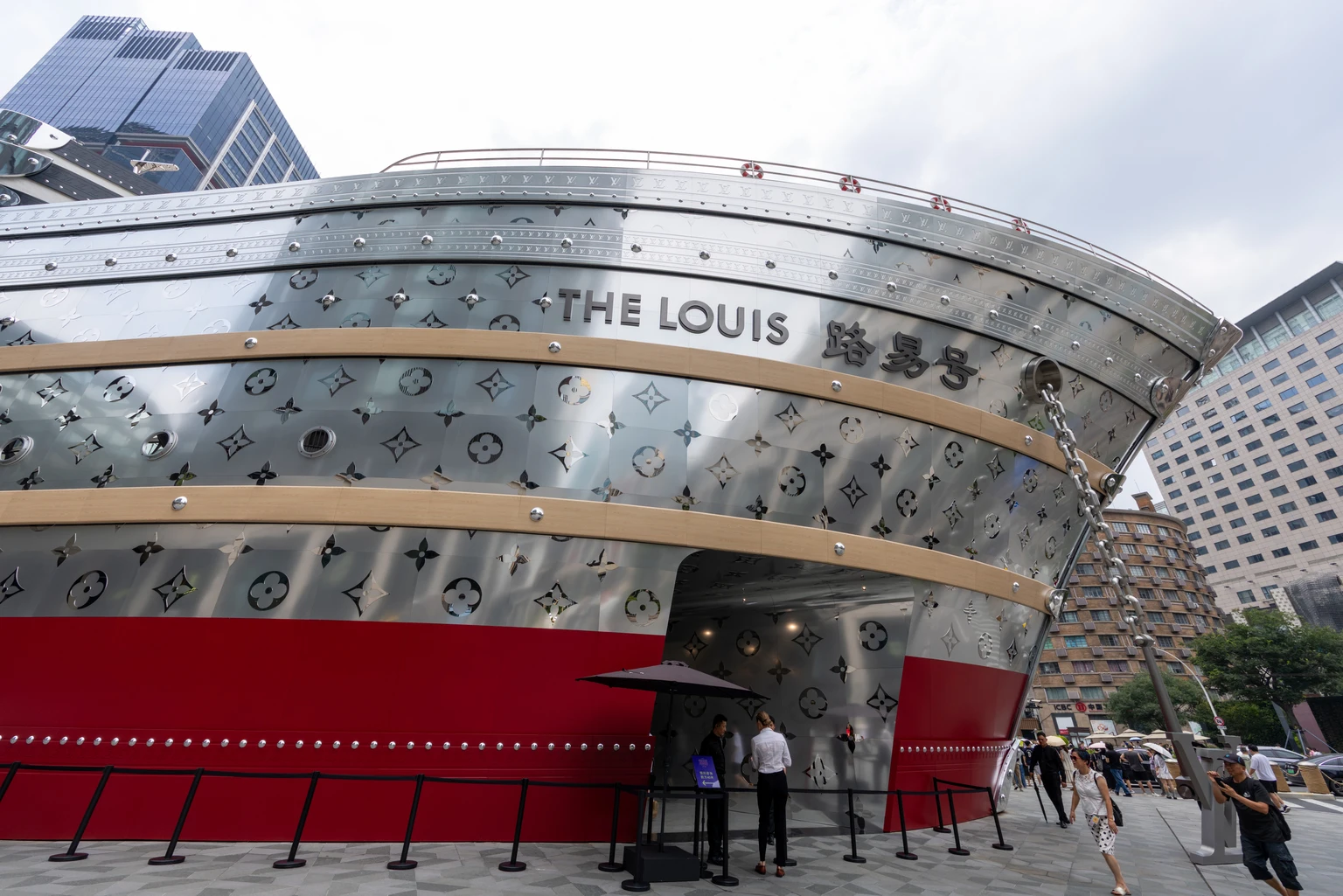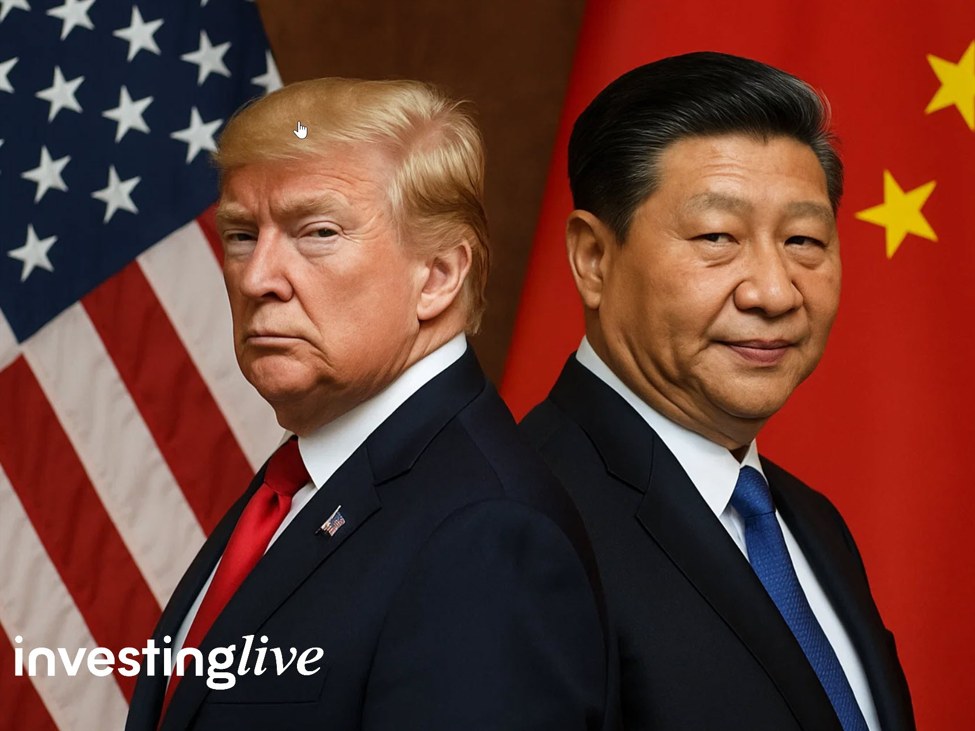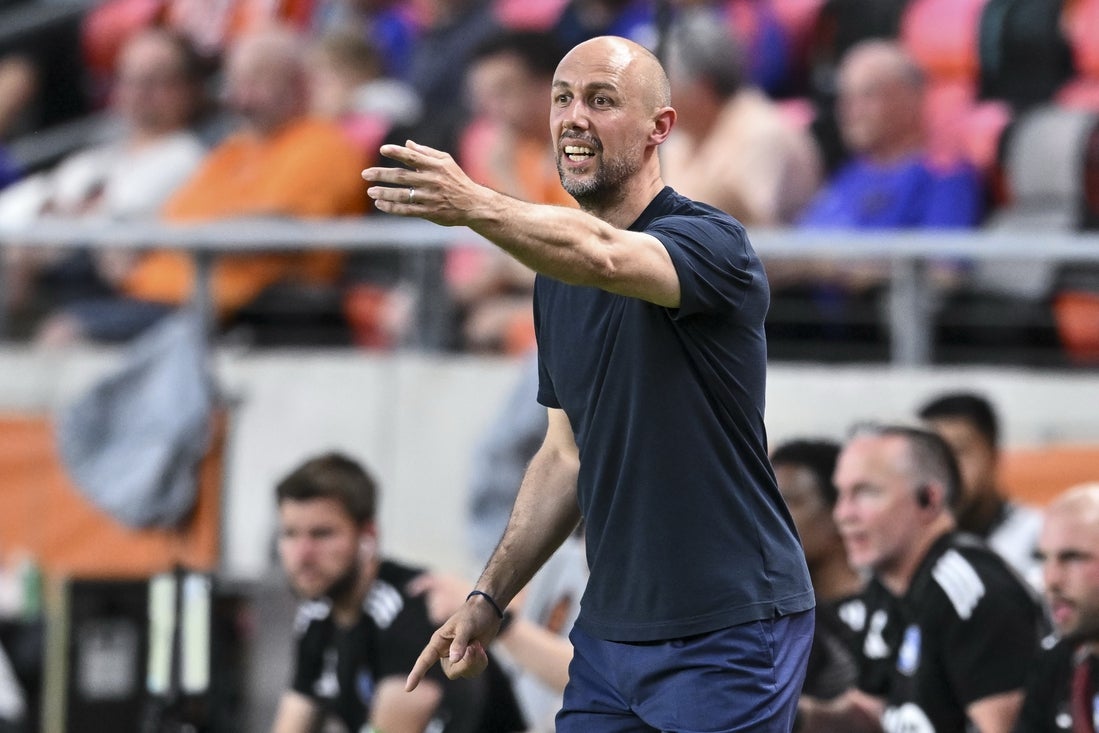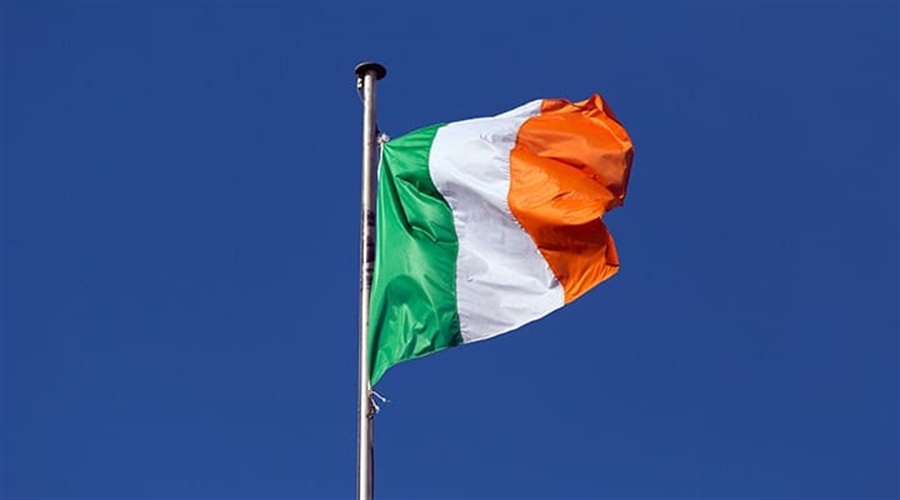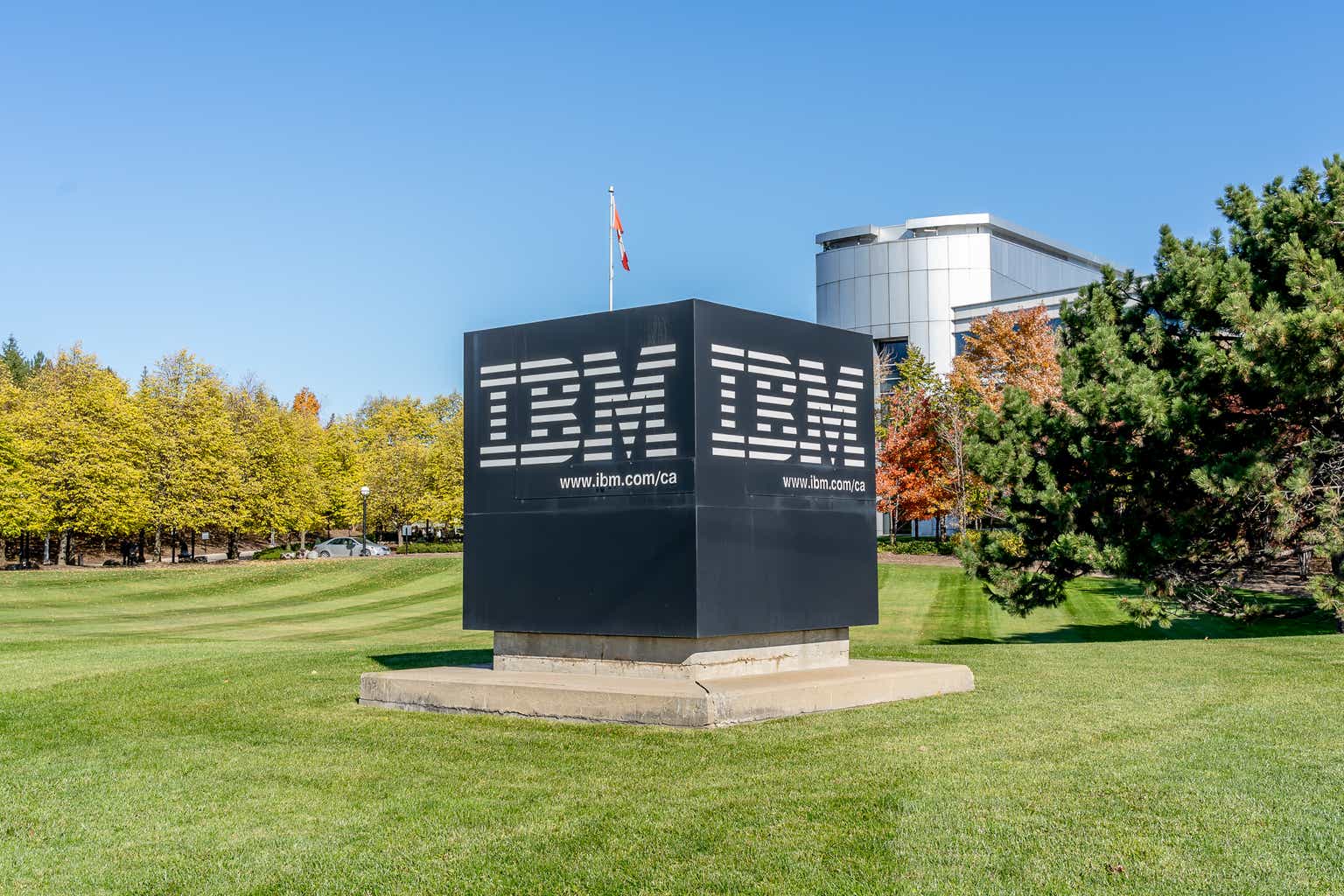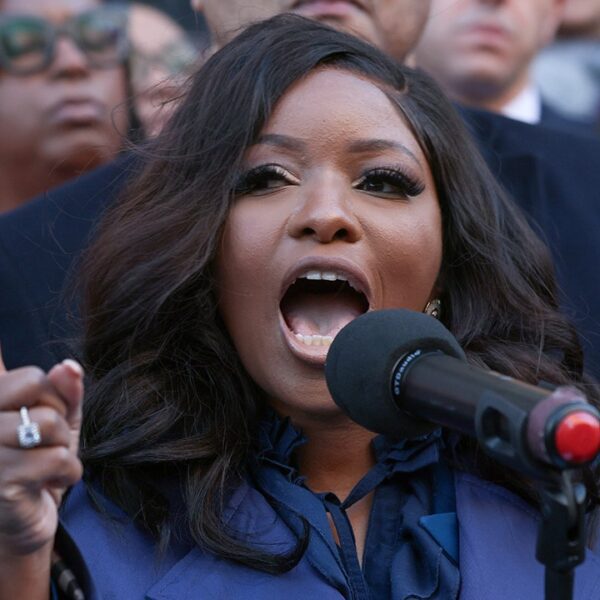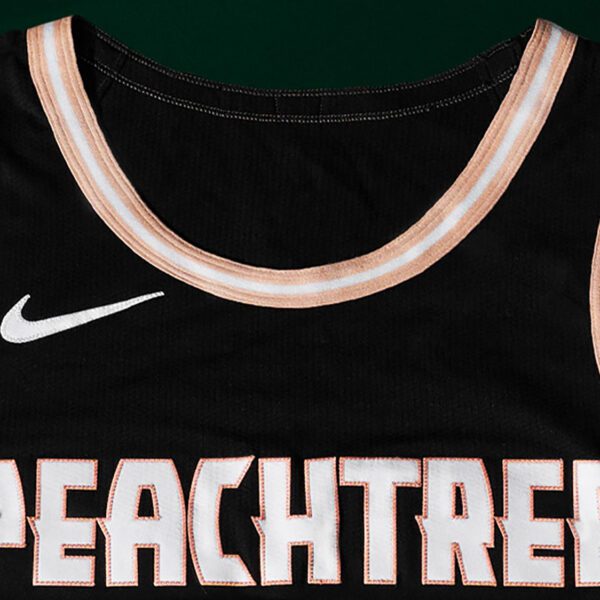winhorse/iStock Unreleased via Getty Images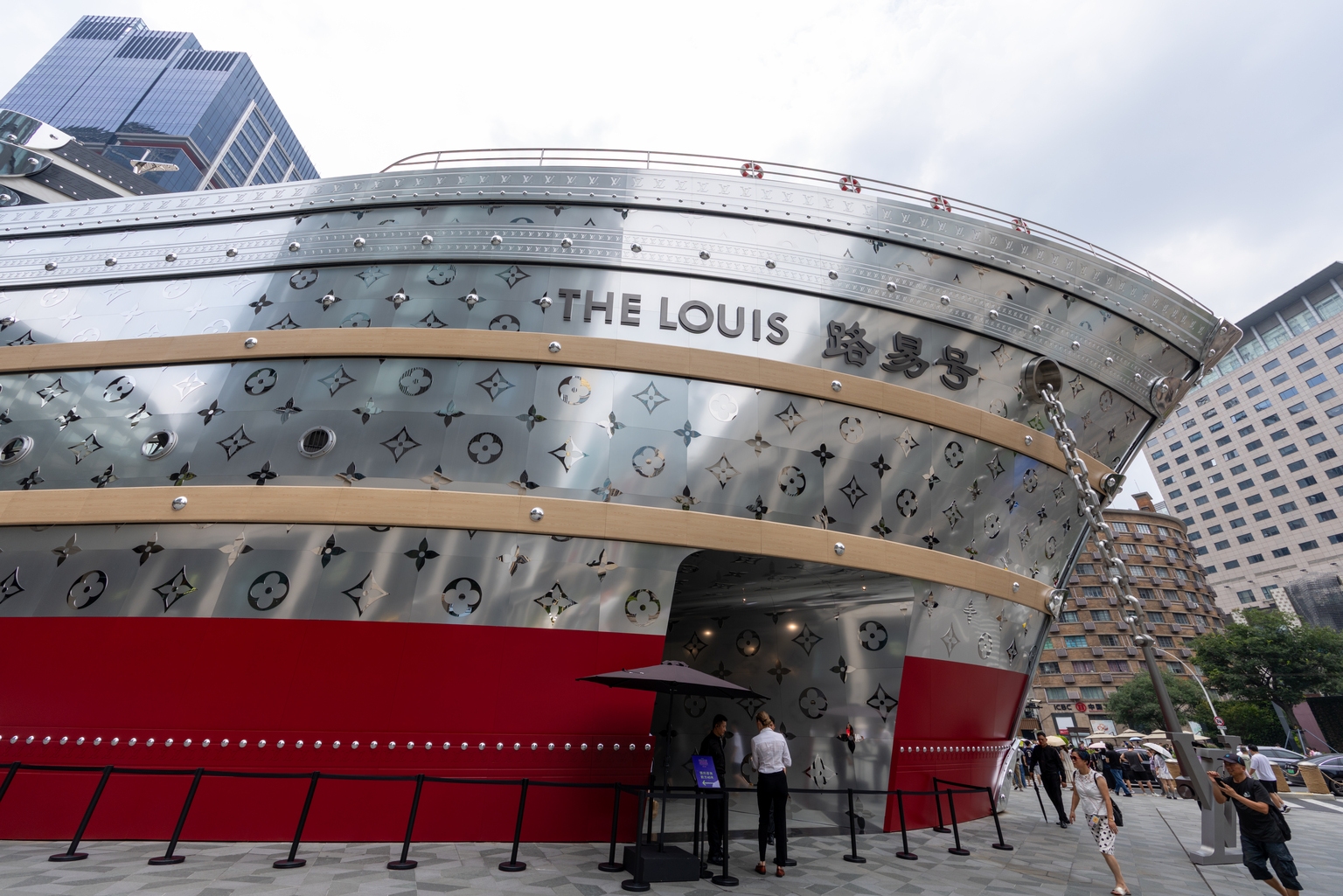
Listen below or on the go on Apple Podcasts and Spotify
As GDP weakens, luxury brands seek new inroads to Chinese customers. (0:15) Warner Bros. Discovery open to a sale. (2:28) Jimmy Kimmel suspension cost Disney 7 million subscribers. (2:52)
The following is an abridged transcript:
Our top story so far, luxury brands selling in China are charting new paths to reach consumers.
At the Business of Luxury Summit in Hong Kong, speakers described a luxury market adapting to deep structural and generational changes. Notably, China’s GDP growth slipped to 4.8% in the third quarter, its slowest pace in a year, with economists warning that a deflationary mindset and property slump are eroding household wealth and consumer confidence.
Louis Vuitton’s (OTCPK:LVMHF) ship-shaped concept store in Shanghai was said to dramatically showcase how global brands are leaning on experiential strategies.
Derek Sulger, founder of Lunar Capital and owner of Shanghai Tang, said the hospitality venture at “The Louis” is attracting affluent tourists and business owners from provinces rather than local shoppers in a sign of how luxury spending is increasingly dispersed across regions.
Panelists at the luxury summit acknowledged that despite economic headwinds, China’s appetite for premium goods still endures, particularly in lower-tier cities.
Olivia Plotnick of Wai Social echoed that, noting surprising vibrancy in cities such as Shantou, where foot traffic in upscale malls remains strong even amid tepid GDP growth. She emphasized that younger consumers in these markets are first encountering luxury through Chinese brands, unlike previous generations who associated it primarily with foreign names. Analysts noted that the theme of lower-tier cities supporting luxury spending in China is relatively new.
Other panelists highlighted that the consumption slowdown in China is psychological, not structural, noting that “the money is still there.”
Among active stocks, 3M (MMM) posted stronger-than-expected third-quarter earnings and revenue and raised its full-year profit forecast.
The company lifted its 2025 adjusted EPS guidance to a range of $7.95 to $8.05, up from $7.75 to $8.00, citing stronger organic growth and margin expansion.
Coca-Cola (KO) beat organic sales estimates with its Q3 earnings report. And the company now expects full-year organic sales growth of about 5% to 6% and EPS growth of about 3%.
CEO James Quincey says: “While the overall environment has continued to be challenging, we’ve stayed flexible — adapting plans where needed and investing for growth.”
And Lockheed Martin (LMT) exceeded Wall Street expectations for both Q3 profit and revenue, driven by performance in its aeronautics and missile programs and sustained demand from U.S. and allied defense customers.
In other news of note, Warner Bros. Discovery (WBD) is popping after it said it is open to a sale amid interest from Paramount Skydance (PSKY).
CEO David Zaslav says: “After receiving interest from multiple parties, we have initiated a comprehensive review of strategic alternatives to identify the best path forward to unlock the full value of our assets.”
CNBC reports that Netflix (NFLX) and Comcast (CMCSA) are interested in Warner’s movie studio and streaming businesses.
Also in the media space a research report by Antenna showed that roughly 7 million Disney+ and Hulu (DIS) customers canceled their subscriptions last month in reaction to Jimmy Kimmel’s suspension.
The research firm that closely follows the streaming industry said in its report that about 3 million subscribers canceled Disney+ in the U.S. in September, more than double the three-month trailing average of 1.2 million, and Hulu saw 4.1 million cancellations, up from 1.9 million.
And CoreWeave (CRWV) says it will not increase its $9 billion offer for Core Scientific (CORZ) despite opposition to the proposed acquisition from some major shareholders.
CoreWeave CEO Michael Intrator told Bloomberg his company is “very comfortable that the way that we have priced it is appropriate for us. If there’s someone else that would like to step in, they can step in.”
And in the Wall Street Research Corner, Goldman Sachs has rebalanced its basket of Buyback Aristocrat stocks.
That’s the list of companies that have reduced their share counts by 1% or more in at least nine of the past 10 years.
Strategist David Kostin notes: “An equal-weight portfolio of Buyback Aristocrats, reconstituted and rebalanced annually, has outperformed the equal-weight S&P 500 (RSP) by an annualized average of 3 pp since 2012 and by 4 pp YTD.”
The top five stocks ranked by trailing 12-month buyback yield (the amount spent on buybacks divided by market cap) are:
Tapestry (TPR), with a yield of 21%, Invesco (IVZ) at 19 %, Aptiv (APTV) and Globe Life (GL) at 16% and GM (GM) with a 15% yield.
Editor’s Note: This article discusses one or more securities that do not trade on a major U.S. exchange. Please be aware of the risks associated with these stocks.

